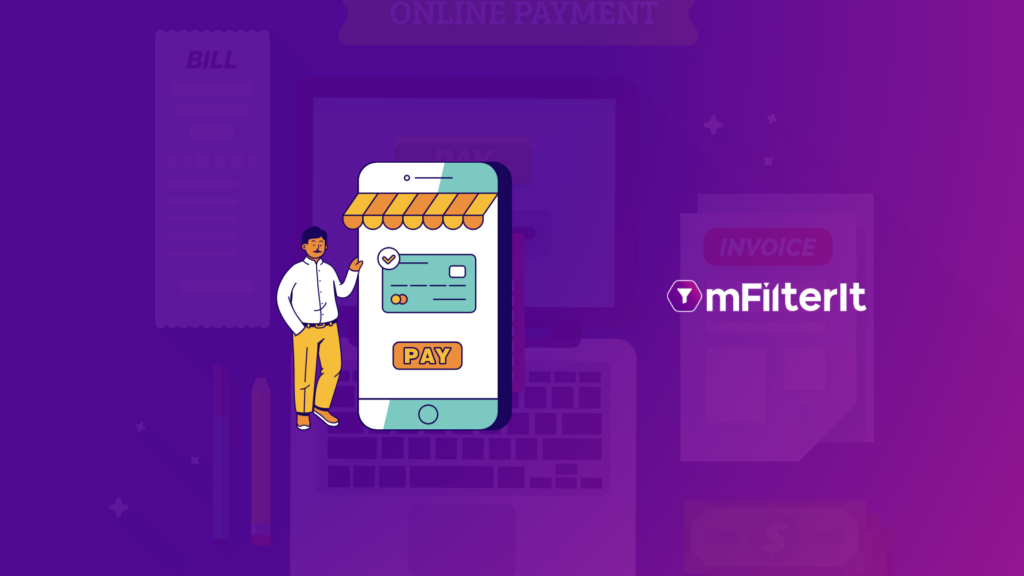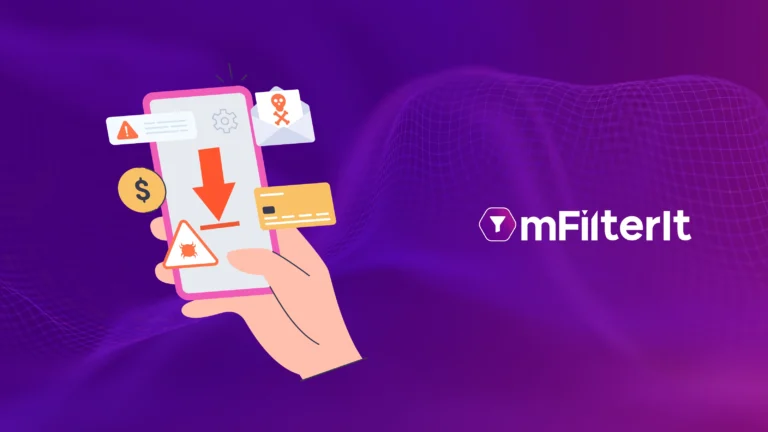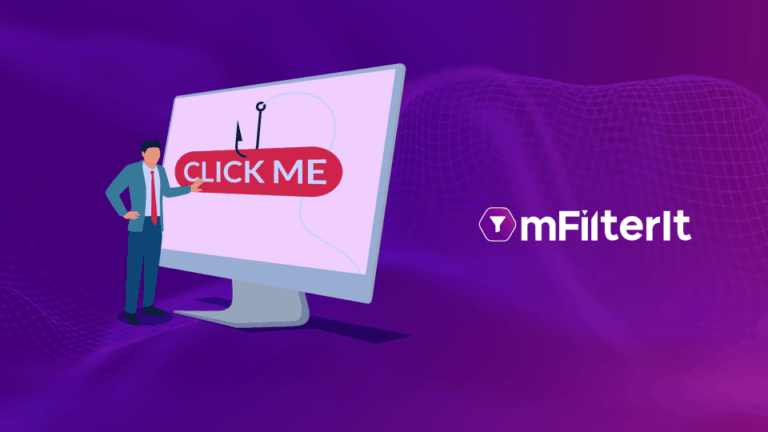PepsiCo announced two new direct-to-consumer offerings to shop directly online. So far, the approach of brands that existed prior to the digital era has been lukewarm about digital platforms. It’s been more about feeling better to be there as well as feel the FOMO. However, the actual sales expectations have not been much.
Typically, such businesses don’t sell more than 10% online and still depend heavily on brick-and-mortar retail.
Well, they are not wrong in doing so. That is where the customer has been so far. For the online, the strategy has been to hook on some of the popular marketplaces with very soft objectives. It was more like just tick-marking one of the checklist items.
The COVID-19 situation has made brands realize that irrespective of whatever penetration they have in the offline channel, online can bring a much-required and reliable direct connection with the customer. This has many advantages for a brand.
The most important benefit at the moment is sales fulfillment. Brands come to know where the opportunities are in terms of demand and align everything at their disposal to fulfill that. Other advantages include building a direct connection with the customer, so learning a lot about them. Also, the supplies right up to the shelf level can be curated and connected with the demand. This way customers can be pampered more by exactly delivering what is being looked for.
Whether the brand will continue to engage with aggregate marketplaces or not, is too early to debate. However, it appears they will continue to be present on these marketplaces and built upon a direct online presence as well.
This is not the first journey for many brands. They have been digitally active primarily through social media platforms to engage directly with customers for their feedback, messaging, and communication. Now they are adding one more important layer of selling directly to the customer. This is going to disrupt the traditional channels where we have many layers of intermediaries.
Disney, for example, has its Direct to Customer & International program which is redefining the business of entertainment content. Even if the production house would be the same, the content would always be location-driven and the libraries Disney would be having in the US are entirely different than what they have in India, as an example. Much of it is done with the distribution network in each country which pushes what they feel will sell rather than what consumers want.
Going direct to the customer gives Disney the power to deliver content irrespective of any borders and actually sense the pulse of the customer, who is now a global citizen and wants no disparity between what could be consumed in India or the US.
Brands will have to reach the right customers and know a lot about them and their preferences. These newcomers will have to take a lot more cautious approach while going directly online in terms of challenges like ad fraud and brand safety. The digital marketing learning curve has just begun for these traditional brands while the aggregate marketplaces are digital-only/digital-first organizations that have a much-evolved understanding of the complexities of the digital maze which is behind the application or service.
PepsiCo and many other brands that will go Direct-to-Consumer in the next few weeks or at least months will have to proactively deal with ad fraud and brand safety. This is because their customer will come for a particular purpose on their platform, so discovering the right and genuine customer will hold the key to success.
On aggregate marketplaces, the customer can still find many other products (reasons) to connect even if the primary hook did not meet the expectations. More so, the brands that are digitally evolved are losing anywhere between 25-35% on account of ad fraud, there are chances that newcomers will lose more.



